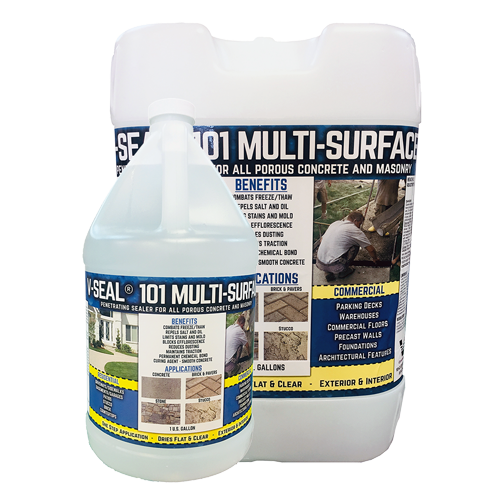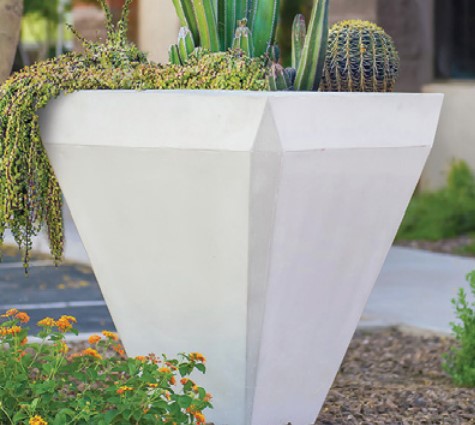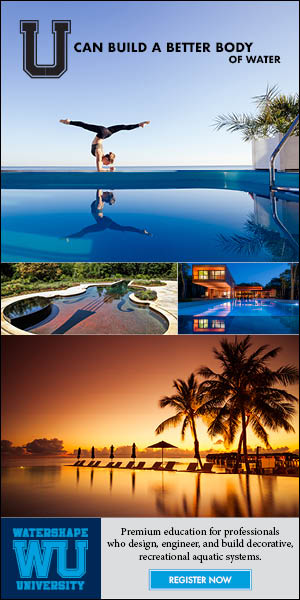Outdoor Living, Fire Features, Amenities & Lighting
Legislative moves to prohibit natural gas from backyards in California is badly misguided, argues Scott Cohen. While reducing carbon emissions is a valid objective, he says, trying to do so by eliminating natural gas-driven amenities does little to help the environment while stabbing at the heart of the state’s renown outdoor lifestyle.
...
CCEI-Pool USA is pleased to offer a 24V-DC Transformer that is designed to safely power pool and spa lights. The transformer allows the direct connection to underwater pool and spa lights and has two compartments keeping the primary and secondary light connections independent to ensure a safe installation. The transformer is equipped with an ON/OFF switch and offers a re-settable circuit breaker to protect the transformer and lights in case of overload. Equipped with quick connectors for easy electrical installation.
Learn more here.
V-Seal offers V-Seal 101 Concrete Sealer, a multi-surface penetrating sealer designed for use on all porous masonry substrates and new concrete. According to the manufacturer the product Increases surface strength, repels moisture, salts and oils, and can be used on existing concrete or new construction as a driveway, pool deck or sidewalk sealant.
Learn more here.
Kingsley Bate offers the Sag Harbor wicker seating ensemble Inspired by the relaxed style of the Hamptons. The set is hand woven in a premium, extra-large fiber, making it sturdier and more substantial than standard outdoor wicker furniture, the company says. The fiber’s variegated tones create a natural appearance that pairs well with an assortment of Kingsley Bate teak tables.
Learn more here.
Given complete creative carte blanche by a client focused on fun and luxury, Alison Felschow capitalized on the property’s setting and sight lines to weave a layered design that brims with interesting details and winding contours—all with one major surprise along the way.
...
It’s true that some artificial rock installations are not convincing. In an effort to solve those disconnects, today’s cast-concrete rock panel systems are taken from natural stone. When installed and finished correctly, rock panels can look like the real thing.
...
The marriage between rockwork and architecture can be a contentious one, especially when the visual relationship isn’t thought out ahead of time. Making rocks work in built spaces requires strategic thinking, says Terence Thornton and Kevin Kraft, with an eye toward the way nature does things.
...
Since its debut in February 1999 as an innovative print magazine, WaterShapes has spent the past 25 years exploring the art and science of water – and the oceans of possibilities waiting to be discovered along the way. As Eric Herman shares in this special retrospective, the long journey through the world of water has been its own unique reward.
...
Pebble Technology International (Scottsdale, AZ) has introduced Artisan Cast Stone Patio Planters. The planters are made of Glass Fiber Reinforced Concrete (GFRC), providing industry leading PSI strength, the company says. They feature natural pigments to provide organic and enduring color that is integrated throughout the cast stone. A penetrating sealer gives extra protection from the elements and enhances the richness of color.
Read more























Real Advantages of Artificial Turf